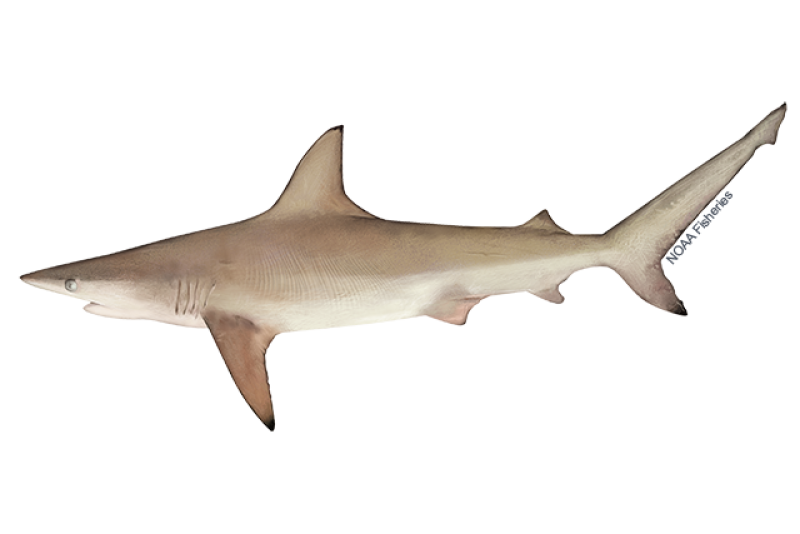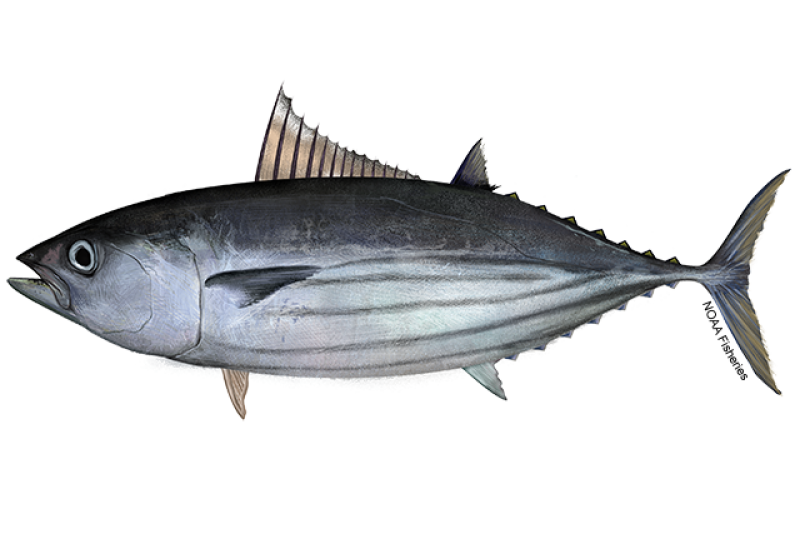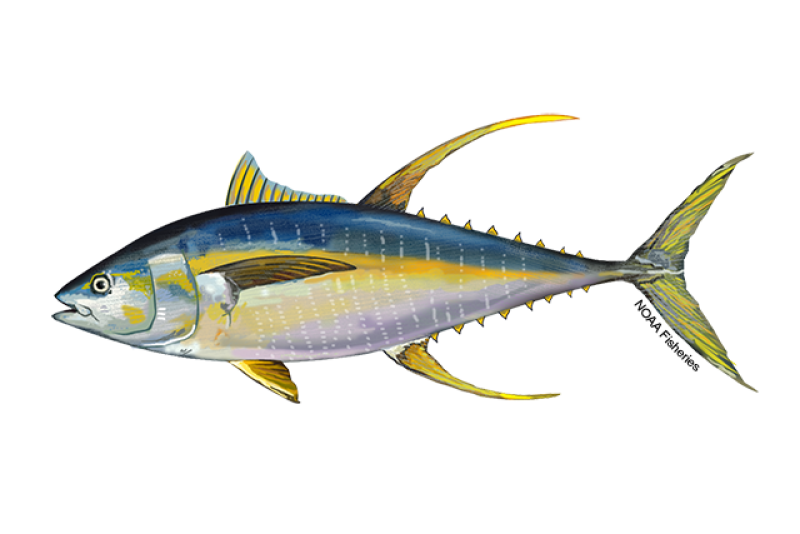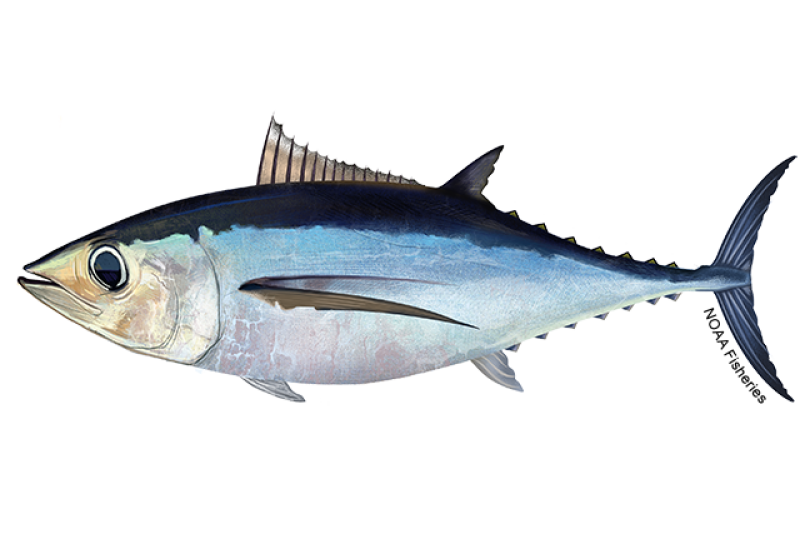Highly Migratory Species
Highly migratory fish travel long distances and often cross domestic and international boundaries. These pelagic species live in the water of the open ocean, although they may spend part of their life cycle in nearshore waters. Highly migratory species managed by NOAA Fisheries include tunas, some sharks, swordfish, billfish, and other highly sought-after fish such as Pacific mahi mahi.
These highly migratory species are targeted by U.S. commercial and recreational fishermen and by foreign fishing fleets. Because they migrate long distances and live primarily in the open ocean, only a small fraction of the total harvest of these species is taken within U.S. waters.
In the United States, NOAA Fisheries sustainably manages highly migratory species under the Magnuson-Stevens Act in both the Atlantic and Pacific oceans:
- Atlantic Highly Migratory Species, including the Gulf of America (formerly Gulf of Mexico) and Caribbean
- West Coast Highly Migratory Species
Responsible management also requires international cooperation through a number of agreements and regional fishery management organizations including the Inter-American Tropical Tuna Commission, International Commission for the Conservation of Atlantic Tuna, Commission on the Conservation and Management of Highly Migratory Fish Stocks in the Western and Central Pacific Ocean, and Convention on International Trade in Endangered Species of Wild Fauna and Flora.
Species News
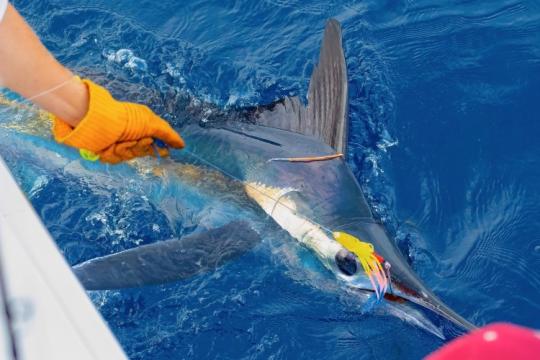 A white marlin tagged with a spaghetti tag, getting ready to be released. Photo courtesy of Chris Jobes.
A white marlin tagged with a spaghetti tag, getting ready to be released. Photo courtesy of Chris Jobes.
Celebrating our Top Taggers for Citizen Science Month
 Anglers fish in the Salmon River, shown here after several structures associated with an abandoned railroad trestle bridge were removed. Credit: New York State Department of Environmental Conservation.
Anglers fish in the Salmon River, shown here after several structures associated with an abandoned railroad trestle bridge were removed. Credit: New York State Department of Environmental Conservation.
Restoring Habitat for Great Lakes Fisheries on New York’s Salmon River
 Excavating a new channel for McCoys Creek to replace an 850-foot tunnel that forced the creek underground. Credit: City of Jacksonville
Excavating a new channel for McCoys Creek to replace an 850-foot tunnel that forced the creek underground. Credit: City of Jacksonville
 Aerial view of the restored lower Coonamessett River. Credit: Adam Soule
Aerial view of the restored lower Coonamessett River. Credit: Adam Soule
Cape Cod Cranberry Bog Project Restoring Wetlands and Fish Passage for River Herring
Multimedia
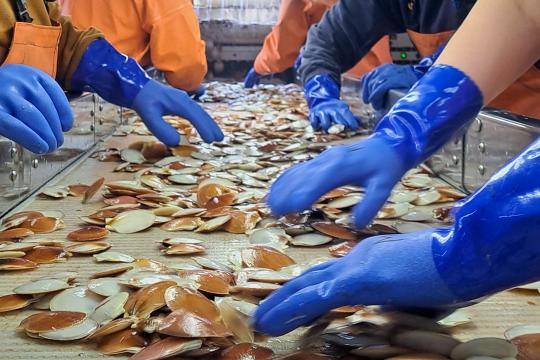
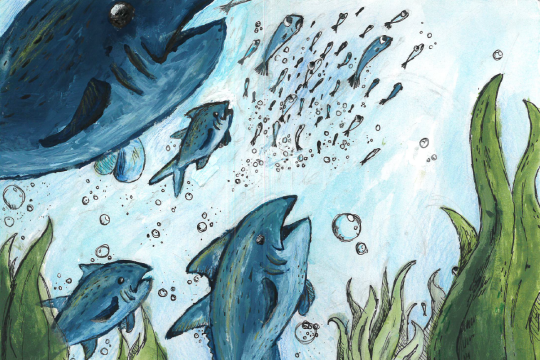
 Excavators on the Chequessett Neck Dike over the Herring River. (Credit: Molly Feltner/NOAA)
Excavators on the Chequessett Neck Dike over the Herring River. (Credit: Molly Feltner/NOAA)
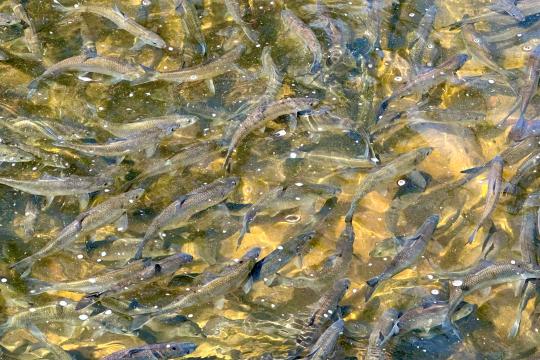 River herring migrating up a Cape Cod stream (Photo: Danielle Weissman/NOAA)
River herring migrating up a Cape Cod stream (Photo: Danielle Weissman/NOAA)
Largest Salt Marsh Restoration in the Northeast to Bring Back Cape Cod River Herring
Research
Monitoring the Ecosystem in the Northeast
The most comprehensive, ongoing program exploring marine resources and oceanographic conditions in the Northwest Atlantic. Our analyses inform local and international fisheries management, protected species research, and climate science.
Cooperative Research in the Southeast
Cooperative research involves partnerships between the fishing industry and scientists. We work together to improve our understanding of ocean ecosystems and support the management of sustainable and productive fisheries.
Top Fish Taggers for the Cooperative Tagging Center
NOAA Fisheries greatly appreciates the many tagging teams and anglers who tag and release fish to support our science.
Southeast Fishery-Independent Surveys
Our scientists conduct several annual field studies and surveys to collect data on a variety of species and habitats throughout the Southeast region of the United States.
International Collaboration
Fish and other marine animals travel beyond national boundaries.


